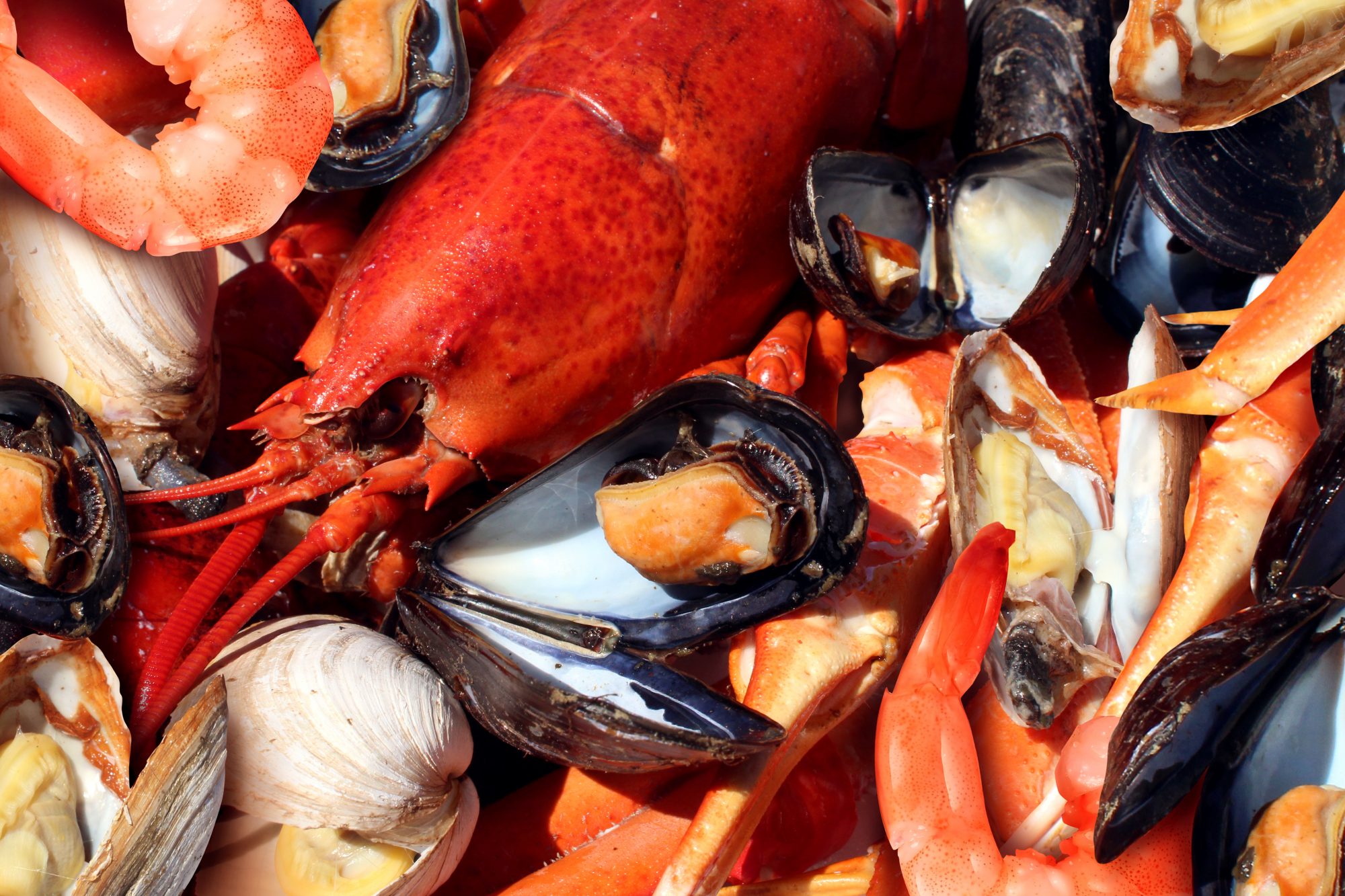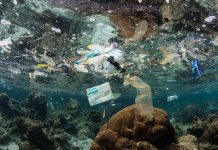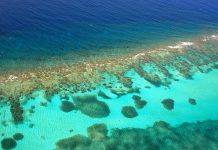Jeremy MacMahon, Yi-Hua Tsai, and Pamela Lein from the Department of Molecular Biosciences, UC Davis School of Veterinary Medicine, explore how shellfish poisoning is affecting human and animal health
Over a month-long period in 1987, more than 150 people across Canada unknowingly consumed large quantities of contaminated mussels from Prince Edward Island in what turned out to be the largest documented case of human amnesic shellfish poisoning (ASP) to date. Acute symptoms included vomiting, diarrhoea, headaches, and amnesia, while severely intoxicated individuals developed seizures and/or went into a coma. Those who did not die took up to 3 weeks or even longer to recover.
The Canadian outbreak of ASP was precipitated by ingestion of the marine toxin, domoic acid (DA) in contaminated shellfish. DA is produced by diverse algae species that grow around the world. Very high levels of DA are associated with red algae blooms, which are large masses of the diatom Pseudo-nitzschia. Some species are capable of producing DA, and shellfish that feed on toxic Pseudo-nitzschia blooms sequester DA in their tissue for as long as three months after exposure. DA is a neurotoxic chemical that can cause permanent short-term memory loss (or amnesia), brain damage and death in severe cases. The shape of DA resembles that of neurotransmitters that would normally bind to and activate kainate receptors in the brain. By mimicking these neurotransmitters, DA activates kainate receptors, which increases excitatory signalling in the brain. At high enough concentrations, DA causes an imbalance in excitatory to inhibitory signalling in the brain, which results in excitotoxicity, literally, the death of neurons due to over-excitation.
The dangers of shellfish poisoning to native animal populations
DA not only harms humans who consume contaminated shellfish, but also native animal populations, most notably marine mammals, such as dolphins and sea lions, and birds, especially gulls, living along the West Coast of the United States. California sea lions have become an important model species in studies of DA neurotoxicity because the route of exposure to DA, consumption of contaminated shellfish, and symptoms of intoxication are comparable to humans.
Currently, there is no known antidote for ASP, and neither cooking nor freezing contaminated shellfish eliminates DA toxicity. This has prompted research to identify “safe” levels of DA for human consumption and the mechanisms by which DA causes neurotoxicity. Currently, the regulatory limits for DA in shellfish are based on a recommendation from the United States Food and Drug Administration that no more than 20 μg DA/g tissue in fish tissues (30 μg DA/g tissue in crab tissues) is safe for human consumption. The United States and Canada monitor DA levels by collecting sentinel species (typically clams and crabs) in areas where harmful algal blooms are a concern. If levels exceed the recommended regulatory limit, public health officials have the authority to prohibit the harvest of shellfish from affected areas. In the spring of 2015, a massive harmful algal bloom of the toxin-producing Pseudo-nitzschia occurred on the U.S. West Coast, causing closures of shellfish fisheries that extended into 2016, generating an economic shock for coastal fishing communities. Economic hardships extended beyond fishing-related operations to include other sectors, particularly the hospitality industry, and long-held traditions surrounding crab and shellfish harvest and consumption were disrupted, threatening the cultural identities of the affected communities.

Is human health being protected?
Many scientists question whether the current regulatory limit is sufficiently protective of human health. This concern is based in part on emerging research focused on how DA impacts the developing nervous system. Several studies have demonstrated that young animals exposed during early development to low levels of DA that do not cause shellfish poisoning have an increased likelihood of developing epilepsy or behaviours relevant to schizophrenia or related neuropsychiatric disorders as they mature. The implications of these findings are sobering given regulatory limits on DA in shellfish are currently based on levels that cause acute toxicity in adults.
The complications associated with regulating DA and treating individuals poisoned by DA underscore the pressing need to identify factors driving harmful algal blooms. Algal blooms are natural phenomena that happen regularly. However, harmful algal blooms, a term that refers to either the overgrowth of nontoxic algae that deplete oxygen levels in the water causing fish die-offs or the blooms of toxin-producing algae, are increasing in frequency and size. Warmer ocean water temperatures from global climate change are considered a significant factor in the increase in toxin-producing harmful algal blooms. A 2017 study led by scientists at Oregon State University and the United States National Oceanic and Atmospheric Administration (NOAA) reported that the occurrence of high-level DA is closely linked to warm phases of the Pacific Ocean. Additional factors implicated in increased harmful algal blooms include changes in pH and CO2, and increased concentrations of nutrients (mostly phosphorus and nitrogen) in the ocean, which are also consequences of global climate change.
Managing future algae issues
To better manage and prevent future acute high-level DA exposures that cause ASP, it will be essential to tackle this issue on multiple fronts. We need tools that will enable better prediction of the timing and “hotspots” of harmful algal blooms to issue early warnings to potentially impacted communities, industries, and consumers. We will also need to develop internationally coordinated environmental interventions to address the root cause of harmful algal blooms, which is global climate change. Investment in the resources needed to realize these goals will have significant positive impacts not only on public health, but also on ecological diversity and the economic and cultural stability of communities that rely on shellfish.
Please note: This is a commercial profile
© 2019. This work is licensed under CC-BY-NC-ND.
Contributor Details
Editor's Recommended Articles
-
Must Read >> Why shellfish has a low environmental impact
















